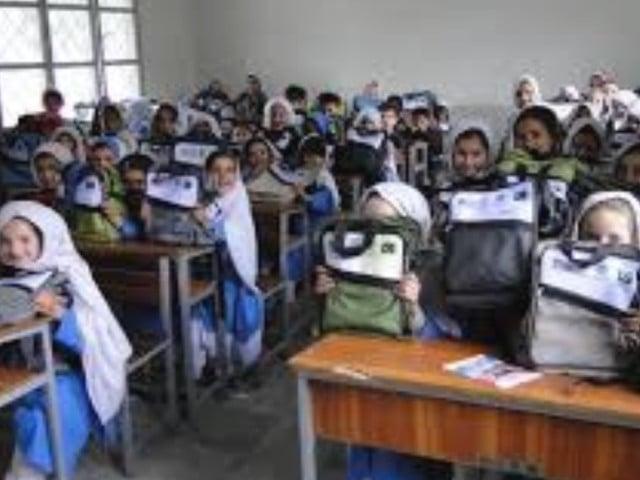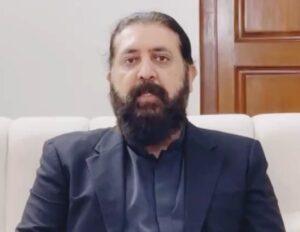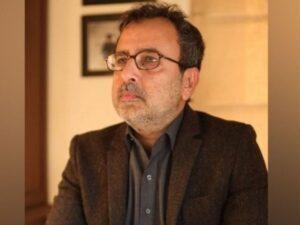Since coming to power last year, the government of Khyber-Pakhtunkhwa has always made the headlines. Unfortunately, none of the capital companies of practicing politicians benefited the future leaders of the nation, who remain deprived of the fundamental key to success, of education. Recently, the government of Khyber-Pakhtunkhwa approved the recruitment of 10,000 additional teachers to deal with their growing shortage in schools. However, teachers hired during the previous mandate of the Pakistani government Tehreek-e-insaf (PTI) continue to protest, demanding permanent employment status. In Khyber-Pakhtunkhwa, and in particular in Peshawar, teacher protests and strikes have become frequent, not only causing significant drawbacks to the public, but also disturbing valuable class hours for students. Consequently, parents and education experts are becoming more and more concerned about the future of children in the province due to current educational disturbances. Shah Nawaz Khan, an educational expert, expressed his disappointment as to the lack of progress in the fight against the educational crisis in KP, even if the PTI government has been in power for more than a decade. "Despite years of governance, teachers still protest on their temporary employment status while the quality of primary and higher education also deteriorates quickly," late khan. Khan also underlined the fact that the state of schools, in particular in rural areas, has worsened to the point where, after universities and colleges, even primary schools are now confronted with serious challenges. "It is a shame that the current government has not taken significant measures to date," criticized Khan. According to sources from the Department of Education, a total of 591 public schools in the province, including Peshawar and the tribal district merged, are non -functional, including 74% or 438, are girls’ schools. In addition, 462 of these schools do not have teaching staff, 49 are waiting for a merger, 40 have no registration, 13 are closed for security reasons while 13 others have neither teachers nor students. In addition, 6 schools have irregular staff in their attendance, 5 schools are under an illegal profession while 3 schools are controlled by influential land mafias. The most affected areas include southern Waziristan with 85 closed schools, followed by Kohistan’s top with 68, Kurram with 64 and Bannu with 38. Other regions such as Orakzai, Khyber, Kohistan and Battagram are also confronted by the students and parents. Omar Orakzai, another educational expert, stressed the urgent need for a full political roadmap to meet the growing number of outside children, who has now exceeded 5.5 million and should reach more than 10 million If the situation persists.
"The government must focus on improving infrastructure and the quality of learning in schools since strikes and undergoing boycotts by teachers have seriously disrupted education, leaving students as the main victims," Orakzai noted. According to sources from the Department of Primary and Secondary Education, a total of 3,047 schools through KP, including those of the established and merged tribal areas, have an urgent need for essential learning facilities, including furniture. In particular, southern Waziristan is at the top of the list, with 281 schools without furniture. Other districts such as North Waziristan, Khyber and Karak are also seriously affected. Among the list of schools without furniture, 1,295 schools are in established areas and 1,752 in tribal districts, while 515 are schools for girls. On the other hand, the correspondent tried to contact the director of primary and secondary education and the Minister of Education for their comments on this subject; However, no response was received.




